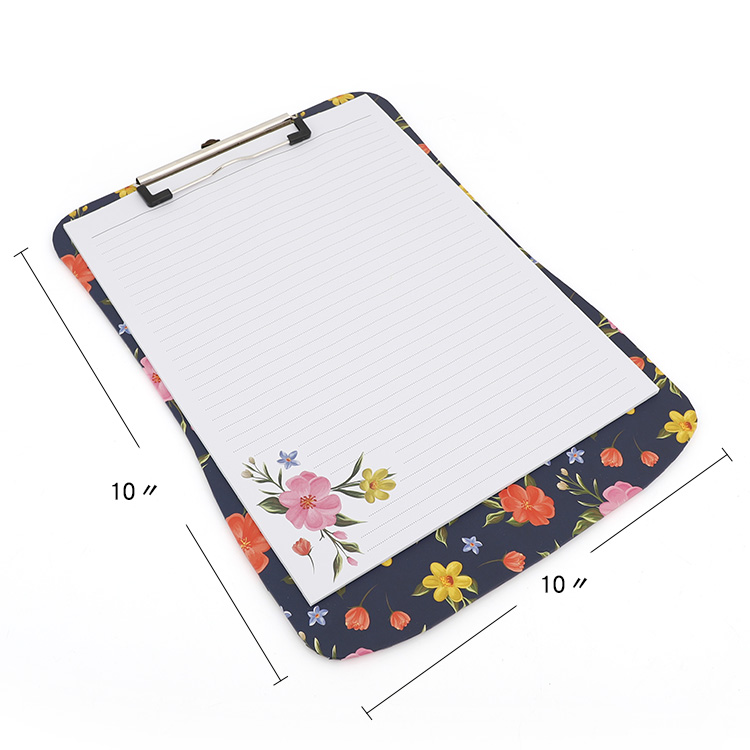

The following properties are supported for file system under location settings in format-based dataset: Property Refer to each article for format-based settings.
#Folder factory full#
When authoring via UI, you don't need to input double backslash ( \\) to escape like you do via JSON, specify single backslash.įor a full list of sections and properties available for defining datasets, see the Datasets article.Īzure Data Factory supports the following file formats. In JSON: \\\\myserver\\share On UI: \\myserver\share Remote shared folder: Examples: \\myserver\share\* or \\myserver\share\folder\subfolder\* Local folder on Integration Runtime machine: Examples: D:\* or D:\folder\subfolder\* Sample linked service and dataset definitions Scenario If not specified, it uses the default Azure Integration Runtime.

The Integration Runtime to be used to connect to the data store.

Mark this field as a SecureString to store it securely, or reference a secret stored in Azure Key Vault.
#Folder factory password#
Specify the password for the user (userId). Specify the ID of the user who has access to the server. See Sample linked service and dataset definitions for examples. Use the escape character "" for special characters in the string. Specifies the root path of the folder that you want to copy. The type property must be set to: FileServer. The following properties are supported for file system linked service: Property The following sections provide details about properties that are used to define Data Factory and Synapse pipeline entities specific to file system. Search for file and select the File System connector.Ĭonfigure the service details, test the connection, and create the new linked service. Use the following steps to create a file system linked service in the Azure portal UI.īrowse to the Manage tab in your Azure Data Factory or Synapse workspace and select Linked Services, then click New:

To perform the Copy activity with a pipeline, you can use one of the following tools or SDKs:Ĭreate a file system linked service using UI You can also use the managed virtual network integration runtime feature in Azure Data Factory to access the on-premises network without installing and configuring a self-hosted integration runtime.įor more information about the network security mechanisms and options supported by Data Factory, see Data access strategies. If the access is restricted to IPs that are approved in the firewall rules, you can add Azure Integration Runtime IPs to the allow list. If your data store is a managed cloud data service, you can use the Azure Integration Runtime. If your data store is located inside an on-premises network, an Azure virtual network, or Amazon Virtual Private Cloud, you need to configure a self-hosted integration runtime to connect to it. By allowing you to change folder icons with any picture, text and symbol, it offers a great way to personalize your Mac.Mapped network drive is not supported when loading data from a network file share. Taking everything into consideration, the Folder Factory app seems like a reliable and quite versatile tool to change folder icons in all sorts of ways. What is great about this function is that you can even insert special characters from macOS' “Characters” tool that comes with hundreds of interesting symbols. You can change also the font family, size, opacity and position. In addition to this, the text options allow you to type in words and add them to the folder icon. Thus, you can center it on the folder icon or use it as the only icon for the selected folder. Furthermore, the picture settings allow you to change the image’s size, color intensity, opacity and position. The folder options include changing the color intensity, which can be previewed in realtime, and opacity. From there, you can preview it in a large format and access the available options for changing the folder, picture and text parameters. In order to begin customizing folder icons, simply drag and drop them onto the app’s main window. Ultimately, you can use Folder Factory to improve your efficiency in terms or organizing and finding folders. The application was designed to help you bring more diversity on your Desktop and to make your folders easier to distinguish. It comes with options to add any custom image on top of the folder and to insert custom text, too. Folder Factory is an elegant macOS application that enables you to completely change the looks of your folders.


 0 kommentar(er)
0 kommentar(er)
